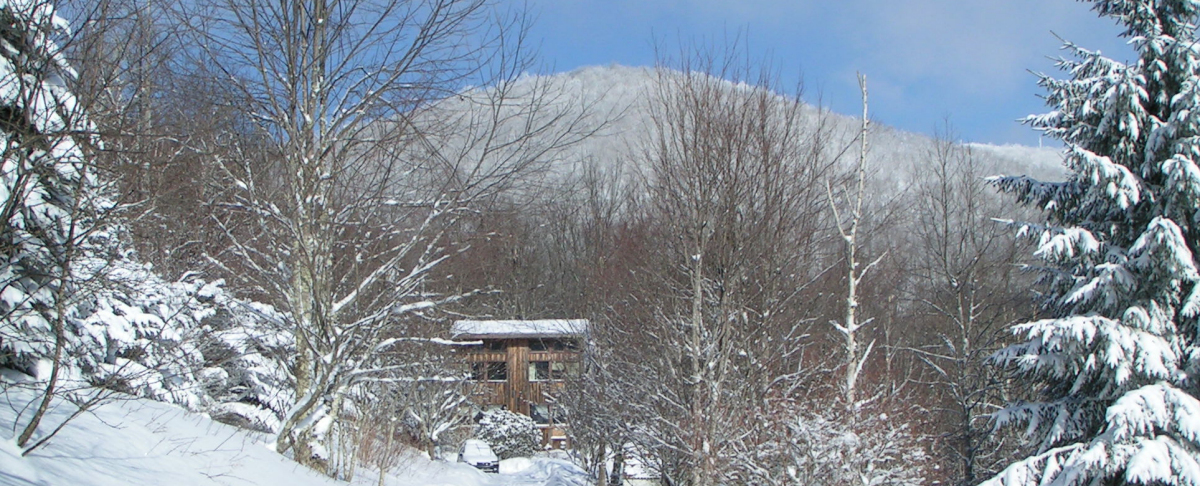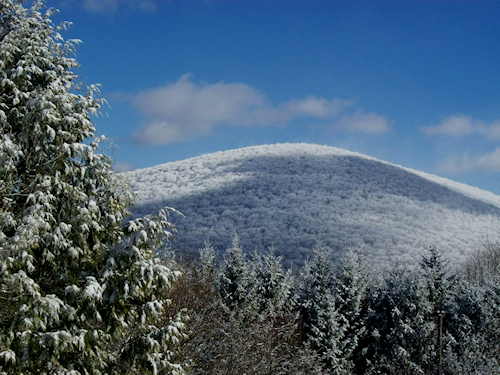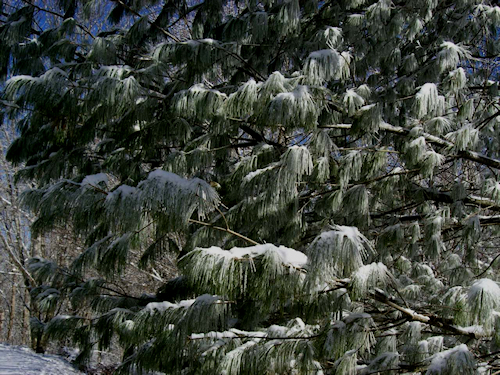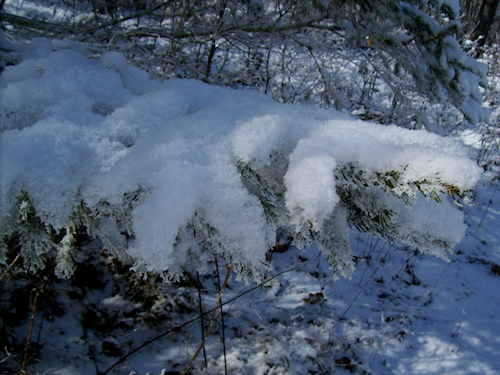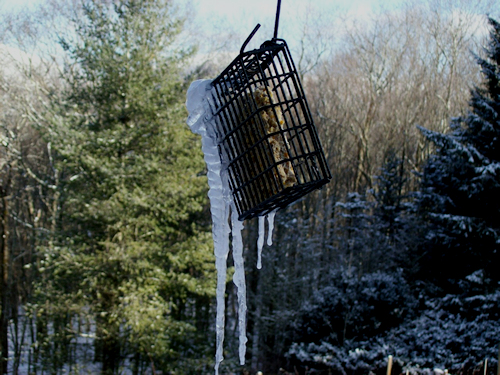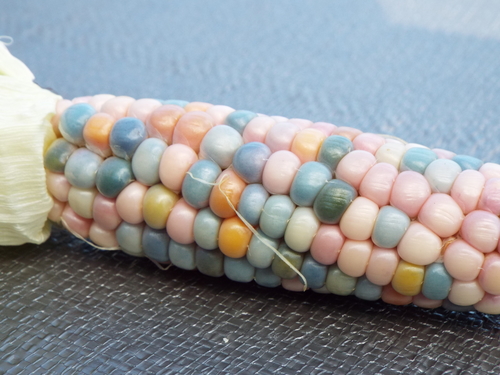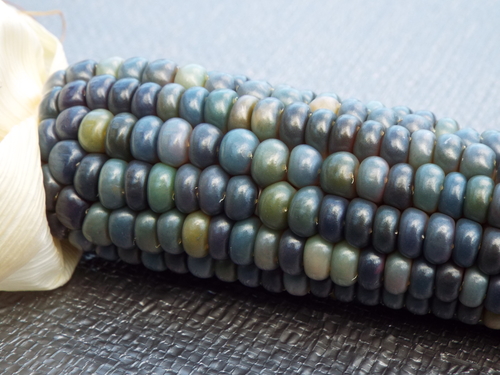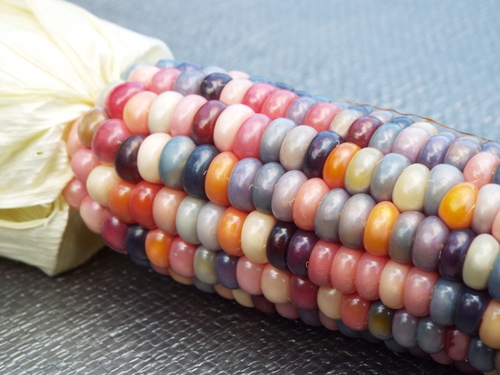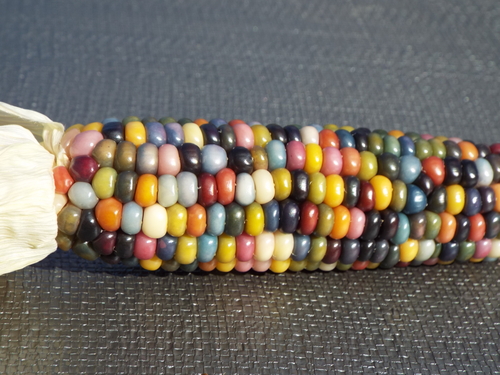The weather this day is not especially unusual for mid-March here at our homeplace. It’s not extremely cold (19 degrees overnight and 21 degrees at noon), but we do have about ten to twelve inches of newly fallen snow on the ground and it’s still coming down steadily. Wind gusts tonight and tomorrow are predicted to be in the 50 to 60 mph range. The birds were attempting to get the few remaining seeds from the snow-covered food bowls, so we cleared containers, replenished the food supply, and moved the bowls to a slightly more sheltered location on the deck. We just made a path to our car, cleared snow and ice from the doors and windows, and drove the three-tenths mile to our mailbox to retrieve a package, making a bit of a track through the snow with our tires. The snow is incredibly beautiful, but it seems this might be a good day to post some non-snow photos. I hope you enjoy them. Remember, spring officially begins just six days from today.
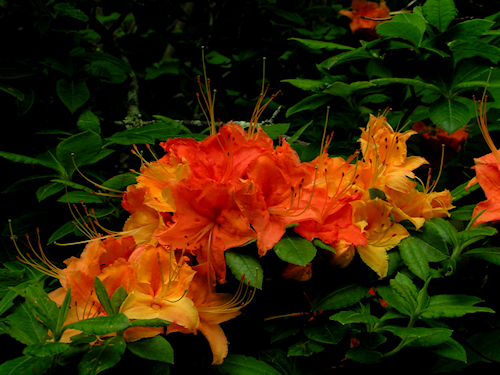
Flame azalea (wild)
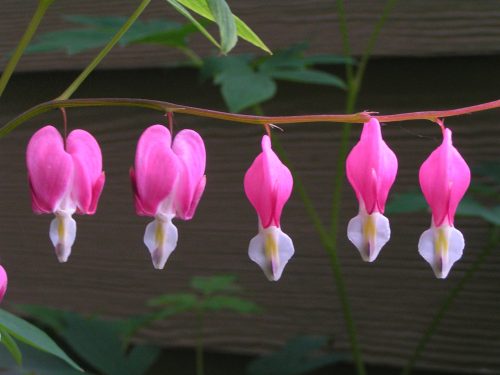
Bleeding heart
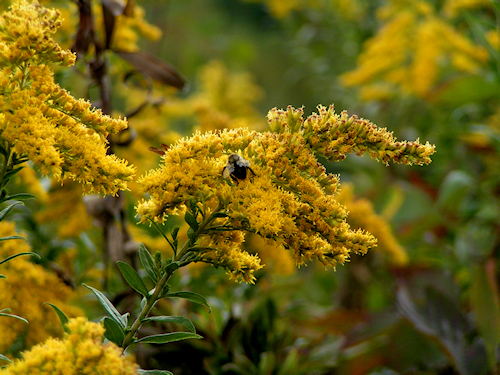
Bee on goldenrod
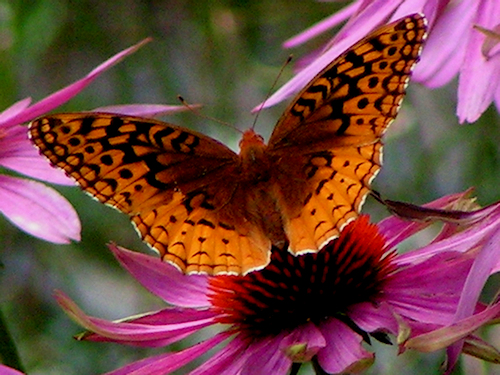
Fritillary butterfly on coneflower
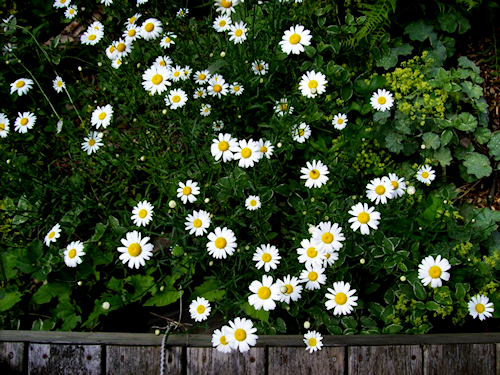
Daisies (wild)
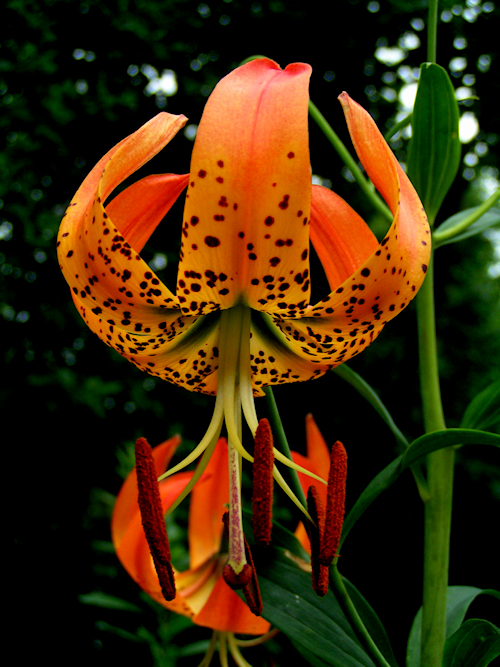
Turk’s cap lily (wild)
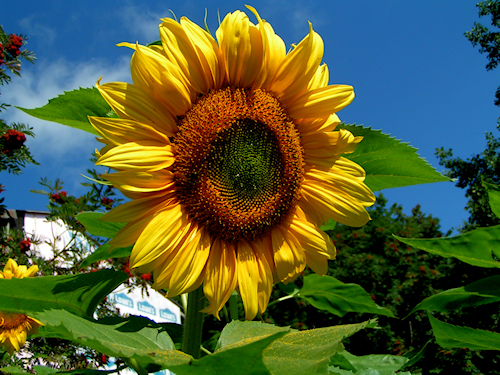
Bees on sunflower (planted by chipmunks)
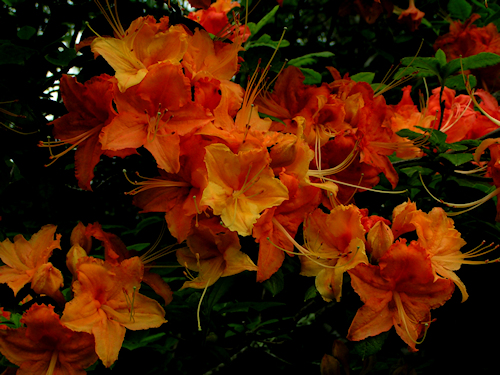
Flame azalea (wild)
